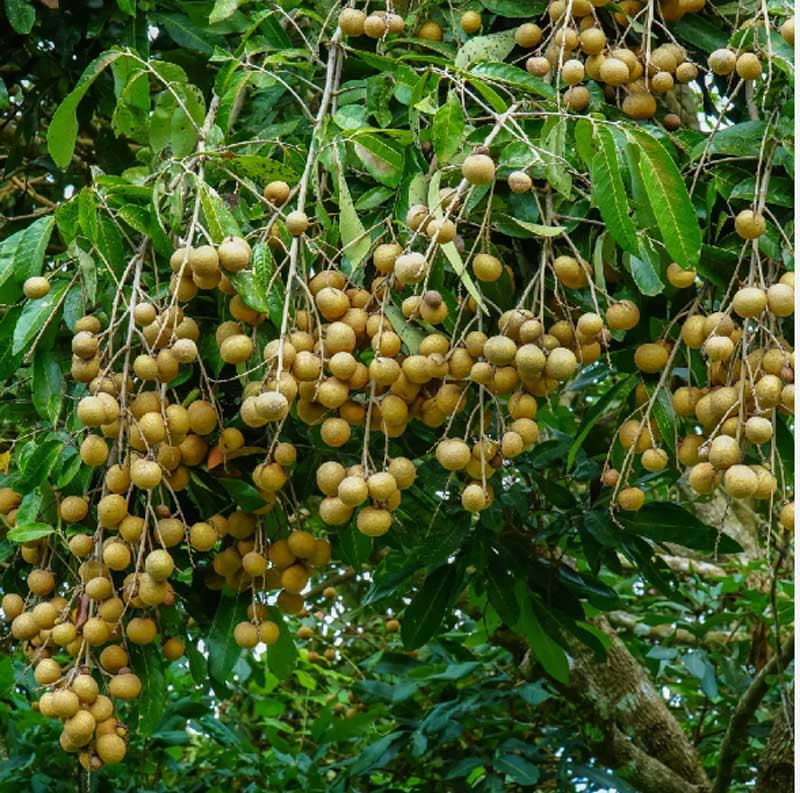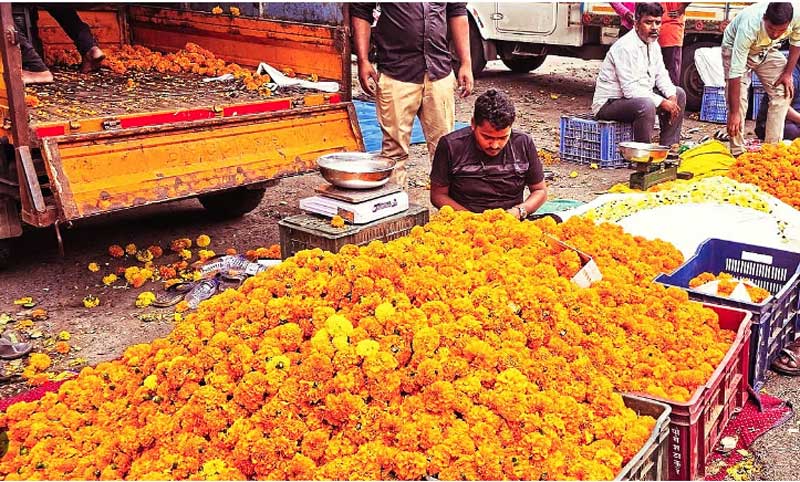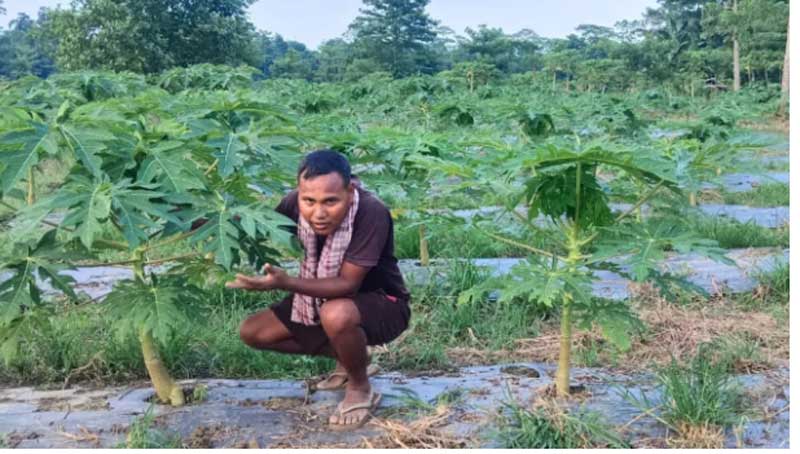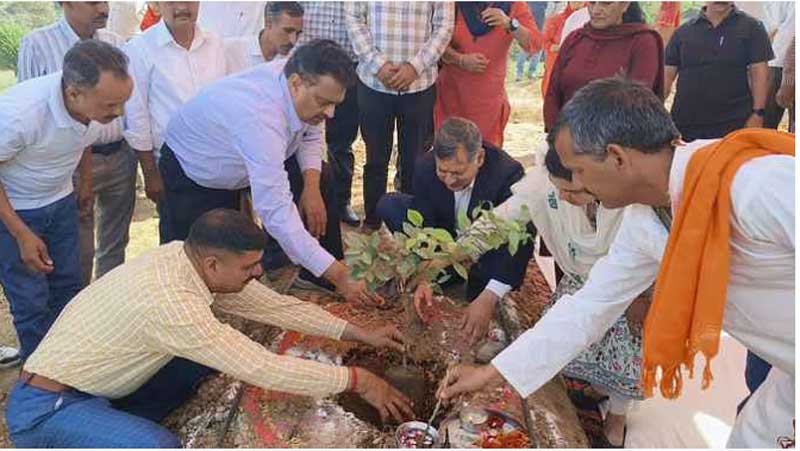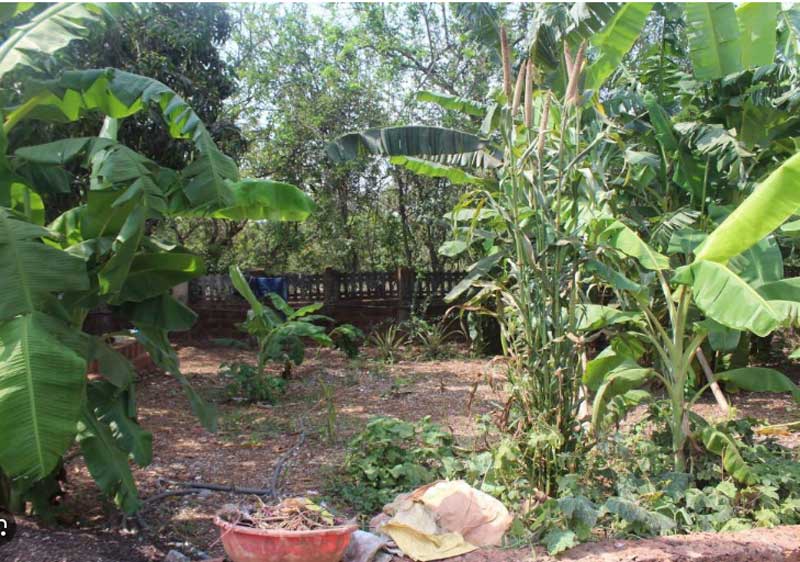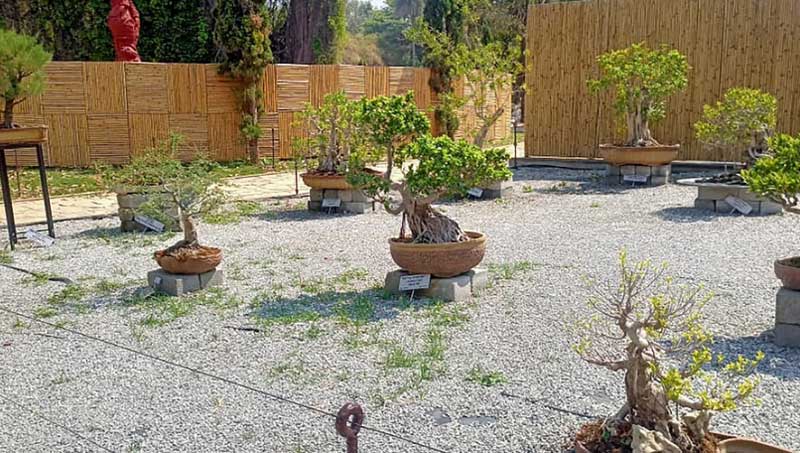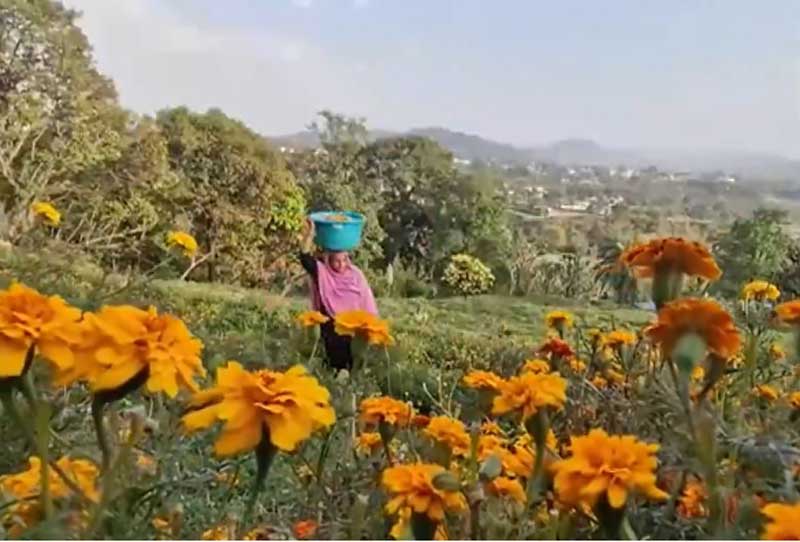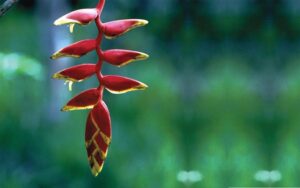Growing Under Hot Conditions
Zundert RuudVan NLDL
About the author
Ruud van Zundert has twenty-five years of experience as a technical expert in floriculture. At Syngenta Flowers, he has specialized in helping growers succeed with new techniques and technologies. In this way, he maximizes the potential of Syngenta`s first-class genetics, based on the company philosophy of “Bringing plant potential to life”.
Hot Conditions
All crops can suffer from heat stress at some point, plants can only withstand a certain amount of heat and light. After a certain point, they will begin to show signs of stress. It starts with wilting and/or curled leaves, reduction in photosynthesis and over longer periods of time; stunting, lower leaf yellowing/loss, burnt leaves, young leaf distortion, blind shoots, thin and elongated growth, delayed flowering, and small flower size. It is important to maintain optimal growing conditions. as preventing stress can give gains through shorter cultivation time, better pest and disease resistance and less labour input resulting in better overall quality for you and your customer. The most logical choice to prevent heat stress often seems to be heavy shading. However, growing plants under high temperatures combined with a low light intensity can unfortunately also lead to inferior quality plants.
Plant Physiology
Plants absorb a part of the solar spectrum that we call Photosynthetic Active Radiation (PAR). This is light in the range from 400 to 700-nanometer wavelength.
PAR light drives the photosynthesis process in which CO₂ and water are photo-chemically converted into assimilates and oxygen.
Assimilates are also known as carbohydrates or sugars. Assimilates provide the building blocks for growth and energy to keep the internal biochemical processes in the plant going.
The best way to optimize photosynthesis during the day is to provide sufficient PAR light and support the plant in its ability to maintain water uptake and evaporation.
Keeping a Balanced Climate
Forcing the plant to an extreme evaporation rate can, however, cause damage to the crop. Under sunny conditions and low air humidity, evaporation may become too high. The plant cannot keep up and the leaf temperature rises. The availability of water inside the plant becomes too low and to prevent dehydration, stomata start to close to reduce evaporation. Closed stomata, however, obstruct CO₂ uptake, slowing down the photosynthesis process.

The best way to optimize photosynthesis during hot days is still to keep radiation levels up to a sufficient level which is possible when creating conditions with high air humidity (e.g. 75% depending on the type of crop). By doing this stomata remain open and CO₂uptak continues, thus accelerating the essential photosynthesis process needed for healthy growth.
Growing plants under high humidity during hot days means a smaller difference in humidity between the air and inside the leaf and prevents excessive evaporation by the plant. High air humidity, stimulate plant activity which stimulates nutrient uptake.
There are several methods to help you to keep your plants happy:
-Avoid extensive shading, on average not more than 40% shading. The combination of low light and high temperature can lead to poor quality crops.
The better option:
-Apply whitewash onto the greenhouse in the combination with a somewhat translucent shade screen.
The whitewash reflects much of the sun’s radiation and prevents all from being absorbed by structures and plants inside your greenhouse, heating it up. Movable screens are in that sense the most preferred option, as you can allow maximum light onto your plants in the early morning and late afternoon while blocking out the heaviest radiation during the midday.
Dark materials absorb much more radiation which is converted into thermal energy.
White colour, on the other hand, reflects radiation.
Invest in a reflective light-coloured shade screen and ground cover in your greenhouse that will help keep the temperature in your greenhouse moderate
Check regularly if ventilation is fully opening, whitewash density is still sufficiently present, and all air-movement fans are still in operation.
Keep your greenhouse filled with plants.
Plants evaporate moisture and this process requires heat that is supplied by the surrounding air which lowers the air temperature, and a positive side effect is that the humidity increases.
Keep empty spots and pathways wet during peaks of extreme heat, this has the same effect, but avoid splashing water onto your crops.
Let plants get used to increased light and temperature levels gradually.
The root system needs time to develop and is not yet well enough developed to support sudden excessive evaporation through the foliage. By allowing higher PAR levels step by step, the plants are given more time to develop a healthy and widespread root system.
Potassium (K) and Calcium (Ca), regulate the opening and closing of the guard cells around the leaf stomata.
Plants need sufficient K and Ca to regulate the stomates to prevent the plants from overheating, leading to wilting, leaf burns and decay.
During moments of extreme drought, abscisic acid (ABA) is produced in the roots and leaves.
This hormone will force the stomata to close very quickly.
Long after water stress has resolved, the hormone remains active in the plant, preventing the stomata reopening.
Drought stress in the early morning, results in plants not being able to carry out any photosynthesis due to lack of CO2 uptake and therefor missing out on growth for the rest of the day.
Irrigate and apply active ingredients early in the morning to ensure the foliage is dry before midday to prevent leaf burn
Regularly measure the substrate EC. If constantly increasing, it may get to point that plants experience osmotic stress that causes wilting, root-tip dieback and increased sensitivity to Pythium. In cases of suspected osmotic stress. Bring back the substrate EC by replacing the excess of harmful salts by scheduling a one-time fertilized irrigation with heavy leach, at a somewhat lower EC.
Analyze your water and fertilizer sources, possibly they contain high Na and Cl values.
In case of high levels in the starter water reverse osmosis and mixing of water might be an option.

